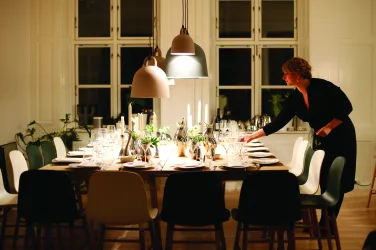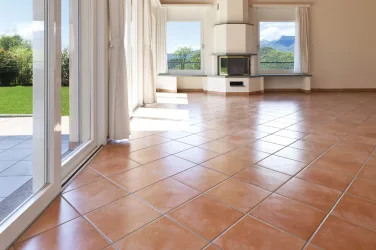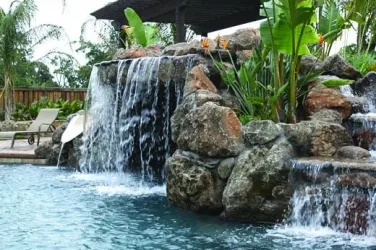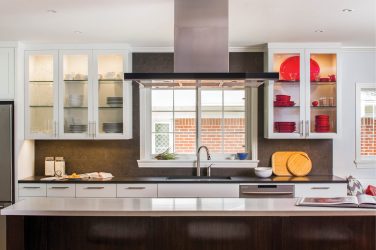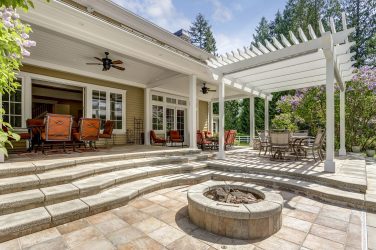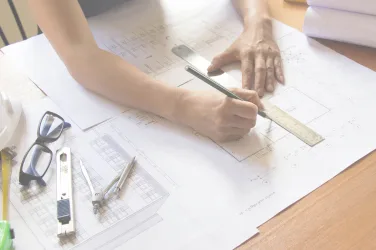Take care of it, and it’ll take care of you
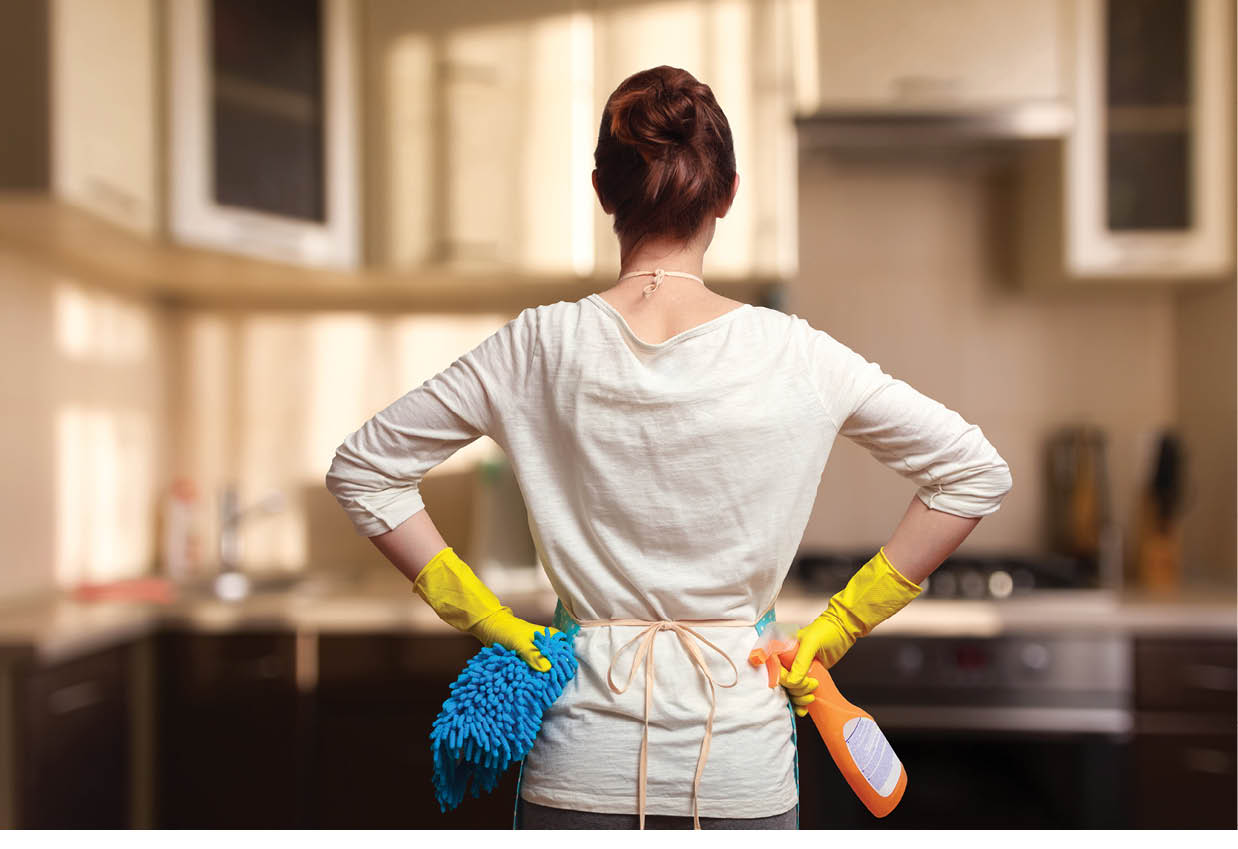 We all know the expression “home is where the heart is.” And our home is usually the place where we feel the safest. But in reality, many of our homes are not all that safe—and can potentially make us sick.
We all know the expression “home is where the heart is.” And our home is usually the place where we feel the safest. But in reality, many of our homes are not all that safe—and can potentially make us sick.
The Centers for Disease Control (CDC) reports that many American homes have unhealthy conditions and hazards that include the following:
- 1 in 16 have high radon levels.
- 1 in 10 have water leaks.
- 1 in 6 have structural problems.
- 1 in 4 have lead-based paint, especially true of homes built in the 1970s or earlier.
- 1 in 4 do not have a working smoke alarm.
As with our physical health, there are numerous simple steps we can take to make our homes safer than perhaps they are at present.

Keep a clean house
It should seem obvious that regular cleaning is important. By removing dirt and germs, cleaning helps us stay healthy and makes our surroundings more pleasant. Involve everyone in the family in the process. Everyone should help, and you’ll cultivate a feeling of ownership and care too! Keeping clutter at bay is a good first step toward making the house easier to keep clean.
Get your home tested
Two health hazards you cannot afford to ignore are lead paint and radon. Lead is known to cause brain damage in developing fetuses and children, while radon is a cancer-causing gas. If your home was built before 1978, you may want to call in a professional for lead paint testing.
Radon is odorless and tasteless and comes from the breakdown of rock and soil beneath your house, and any home old or new can have radon. For around $20 you can buy a radon tester at many hardware stores. Also, check the Environmental Protection Agency’s web site for “A Citizen’s Guide to Radon.”
Be prepared for fire
Have a smoke alarm in every room and test them monthly. It’s also not a bad idea to have a multipurpose fire extinguisher nearby. And if you have to use it, remember PASS:
- Pull the pin.
- Aim at the base of the fire.
- Squeeze or press the handle.
- Sweep the base of the fire from side to side until it goes out.
Get rid of the pests
If you find pests such as roaches, ants or rodents in your house, there are safe and healthy ways to deal with them without resorting to pesticides. (Overexposure to certain pesticides can be harmful, especially to younger children.)
- Seal all cracks and other openings on the outside of your house to keep the pests out.
- Clean up all food residue, put away leftover food, and seal the garbage to starve pests.
- Fix leaks and wipe up spilled water so pests have nothing to drink.
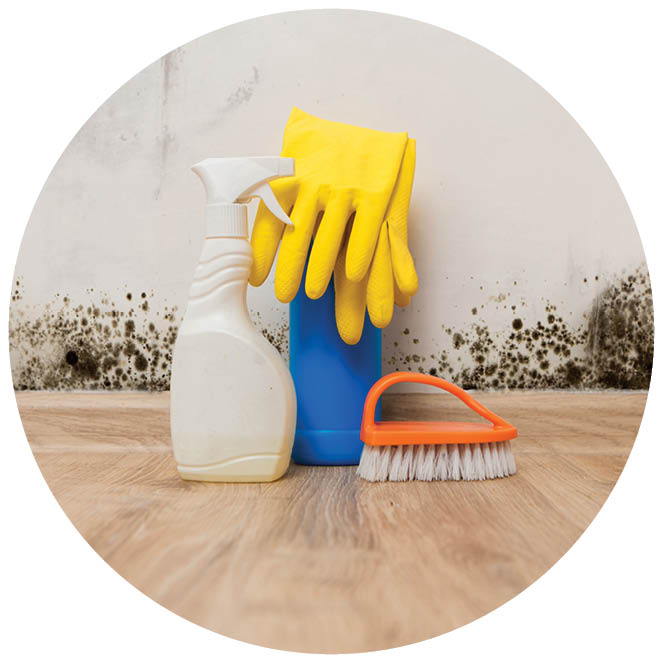 Watch out for mold
Watch out for mold
Many who blame their coughing and wheezing on pet dander or pollen are really reacting to mold spores in their homes. Mold flourishes in high humidity, so do all you can to keep household moisture under control. Keep an eye out for leaks of any kind and dripping faucets. And make sure that all space heaters, furnaces, gas logs, and fireplaces are properly calibrated and well vented. They not only produce carbon monoxide but can also drench the air with water vapor.
To check the humidity in your home, you might want to purchase a moisture meter (hygrometer), available at many hardware stores, and if the humidity in your home is higher than 50%, purchase a dehumidifier to tackle the problem.
A healthy home can make for healthy bodies, and we hope you that you can use these tips to make your house a healthy home for all living there.
Healthy Air for Your Healthy House
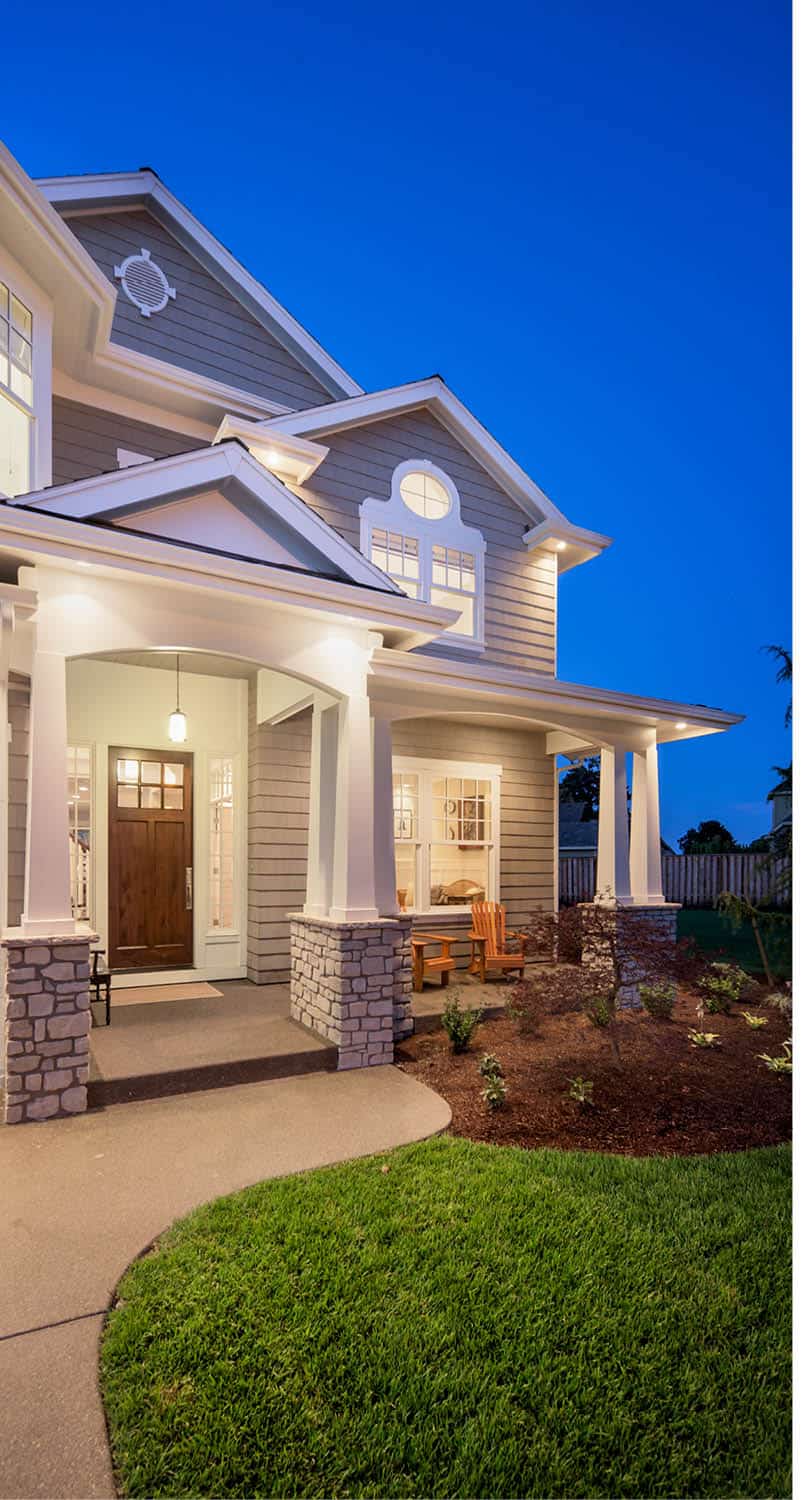 The air we breathe sustains us, and it may come as a surprise to learn that the air in our homes, the place where we spend most of our time, is often more polluted than the air outside. When you stop to think about it, it makes sense. Indoor air is concentrated, and in most cases contains an abundance of dust, dander, mold spores, and other allergens. Outdoor air is circulated, thus you have a lower concentration of pollutants.
The air we breathe sustains us, and it may come as a surprise to learn that the air in our homes, the place where we spend most of our time, is often more polluted than the air outside. When you stop to think about it, it makes sense. Indoor air is concentrated, and in most cases contains an abundance of dust, dander, mold spores, and other allergens. Outdoor air is circulated, thus you have a lower concentration of pollutants.
For the sake of you and your family it is critical to maintain good indoor air quality, and beyond regular cleaning, there are four other steps you can take.
Get rid of the nicotine
If you haven’t kicked this habit, please do. It’s good for your health and the health of your children. A recent study done at the University of California, San Francisco concluded that 42,000 Americans, including 900 infants, die each year from exposure to secondhand smoke. Remember also that children pound-for-pound breathe more air than adults and are especially susceptible to indoor pollutants like tobacco smoke.
Nicotine is a tough habit to break, so get professional help if needed. Then pick a quit date and stick to it.
Clean the ductwork
You may not have the time, energy, or equipment to handle this task, so call in HVAC professionals. They’ll set up a fan system that will suck all the harmful pollutants from your ductwork. This step is important because dirty ductwork can send pollutants into the air throughout your home. Experts recommend a thorough cleaning every three to five years.
Monitor carbon monoxide
Carbon monoxide is an odorless, colorless gas produced by the incomplete burning of fuels, including natural gas. At low levels it produces flu-like symptoms (without fever), but in higher amounts can be deadly, especially for children, as it prevents oxygen from reaching the heart and brain. For protection, install carbon monoxide monitors outside every bedroom and have your heating system thoroughly inspected before the onset of winter.
Throw open the windows and blinds
Texas weather and our pollen count aren’t always conducive to this step, but when conditions permit, you might want to open things up. Air flow from the outside can help clear out the stagnant air in your home, and the sunshine will kill mold spores circulating in the air.
With these steps the air in your home should be cleaner and healthier than ever before. And that will be good for everyone who crosses your threshold.
By David Buice




